
Laser-plasma accelerators (LPAs) hold promise for generating compact, cost-effective proton beams, but challenges like target replacement and beam divergence have hindered their progress. Now, researchers have made a surprising breakthrough using a simple stream of water. Instead of solid targets, the team used a thin water sheet, replenished after each laser pulse. This solved the [..]
Read More
A team of researchers has developed a new method for diagnosing bacterial infections. The method uses nanomotion detection and machine learning to classify bacteria as virulent, avirulent, or dead. It is faster and more accurate than traditional methods and can also be used to test the effectiveness of different antibiotics. The researchers used nanomotion detection [..]
Read More
Physicist Antonio Fiore, previously focused on the physics of optical instrument design, transitioned to biological applications at Janelia three years ago. Seeking a different impact, he joined the Pedram Lab to develop tools for unexplored areas of biology, maintaining his connection to light microscopy. This shift has proven fruitful in developing Rhobo6, a novel light [..]
Read More
Silicon photonic circuits are revolutionizing various applications, from data centers to biosensors and lidar. However, integrating lasers directly onto silicon chips has been challenging due to material incompatibility. Silicon cannot efficiently generate laser light, and traditional laser materials like gallium arsenide (GaAs) suffer from crystal defects when grown on silicon. Researchers have developed a novel [..]
Read More
Researchers have developed a quantum-enhanced time-domain spectroscopy technique that doubles the sensitivity of current methods. This breakthrough utilizes quantum light to overcome limitations imposed by classical light sources. Time-domain spectroscopy, crucial for analyzing molecular composition, relies on ultrashort laser pulses. While effective, its resolution is hampered by “shot noise,” an inherent limitation of classical light. [..]
Read More
New research presents a novel method for estimating body composition using 3D imaging and deep learning. Traditional methods like DXA scans, while accurate, involve radiation exposure. This research explores a non-invasive optical approach as a potential alternative. The study utilizes a dataset of 4286 3D body scans, some paired with DXA scan data for ground [..]
Read More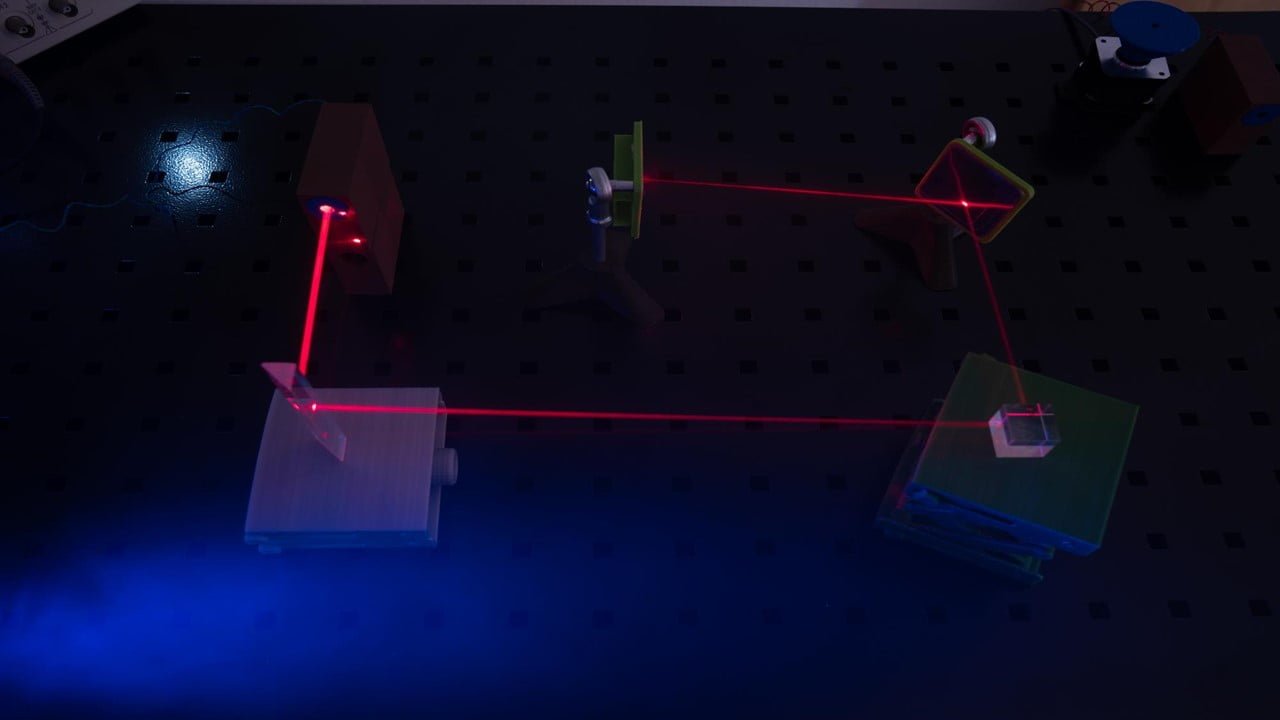
Coupled semiconductor ring lasers (Coupled lasers) can generate unique optical patterns, paving the way for advancements in spectroscopy and on-chip laser systems. Researchers demonstrated this by coupling two racetrack quantum cascade lasers (QCLs). Building on previous work with single racetrack QCLs exhibiting “dark” light pulses (Nozaki-Bekki solitons), the team investigated the effects of strong coupling [..]
Read More
The increasing need for robust digital security has spurred the development of innovative encryption methods. Researchers have recently unveiled a novel optical system leveraging holograms to encode information, creating a virtually impenetrable layer of security. This holographic encryption breakthrough promises to revolutionize secure communication channels and safeguard sensitive data. This new system utilizes holograms to [..]
Read More
Hypotonia is a serious condition that numerous things can cause. It can make it difficult for infants to move and breathe. In the past, it was not easy to diagnose hypotonia’s cause. However, recent advances in genomic sequencing have made it possible to diagnose infants with hypotonia more quickly and accurately. A new study has [..]
Read More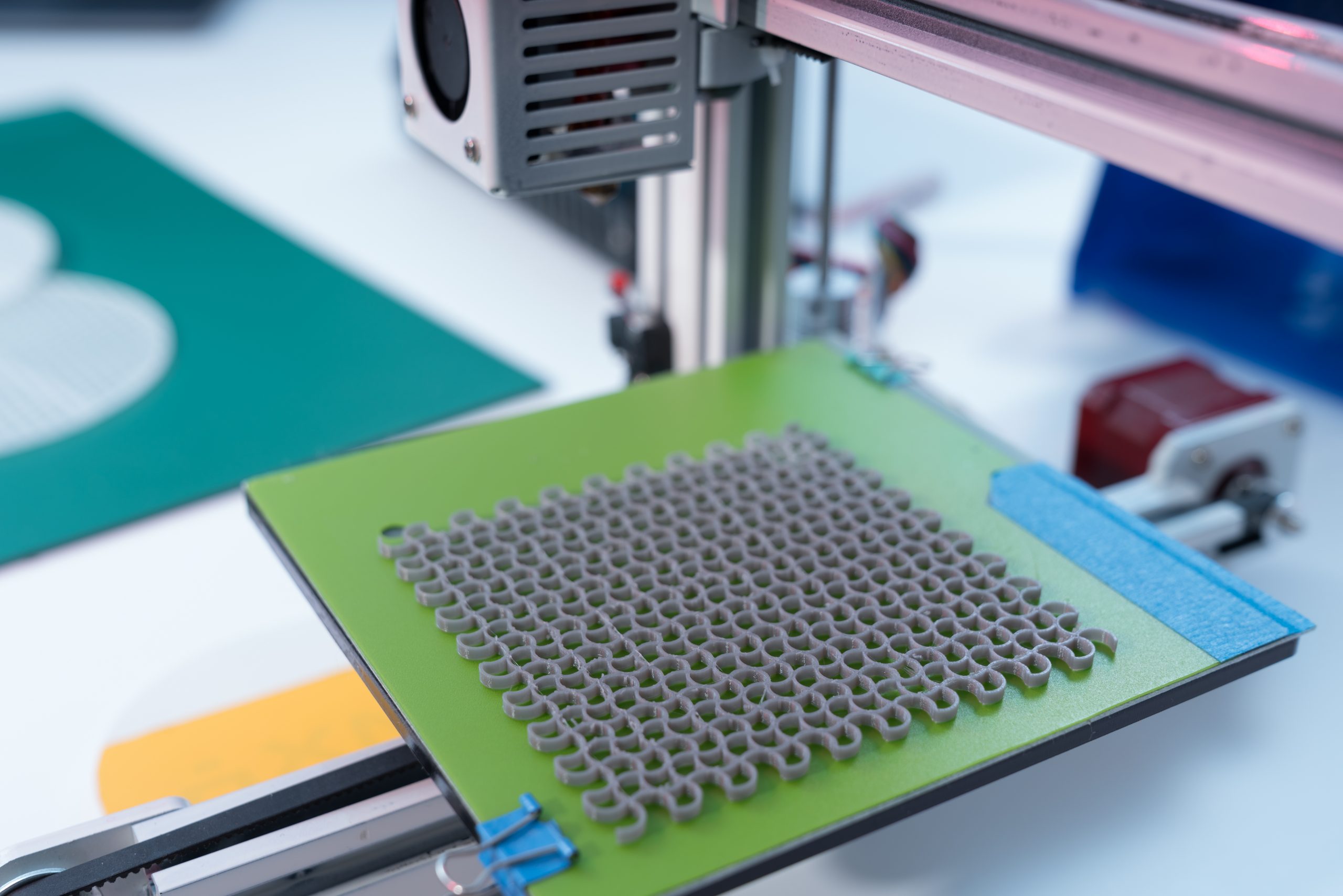
A team of researchers has developed a new, ultra-thin metasurface that can generate circularly polarized light. This breakthrough could lead to more compact optical devices and has implications for medical imaging, communications, and quantum physics. Traditional methods for producing circularly polarized light are often bulky and inefficient. However, the new metasurface is only a few [..]
Read More
In a breakthrough for integrated photonics, researchers have demonstrated a high-power tunable laser on silicon photonics that reaches close to 2 Watts of output power. This is a significant milestone, as it is the first time that a high-power tunable laser has been demonstrated on silicon photonics. The new laser is based on silicon photonics, [..]
Read More
In a groundbreaking study, researchers have demonstrated how to make optical frequency comb lasers more sensitive by using quantum squeezing. This technique can double the speed of gas detectors, making them faster and more accurate. Optical frequency combs are lasers that emit light in a wide range of frequencies. They are used in a variety [..]
Read More
Machine vision is a critical technology in industrial automation, enabling businesses to analyze images, extract data, and make informed decisions. As the technology evolves, deep learning has emerged as a valuable tool for enhancing Its capabilities. However, machine vision and deep learning systems rely heavily on high-quality images for optimal performance. Proper lighting is paramount [..]
Read More
Researchers have developed a groundbreaking approach that combines infrared spectroscopy, machine learning, and computational chemistry to monitor C-C coupling reactions in real time. This innovative method offers a noninvasive and highly accurate way to track the formation of carbon-carbon bonds, a fundamental process in organic chemistry. The team trained a convolutional neural network (CNN) to [..]
Read More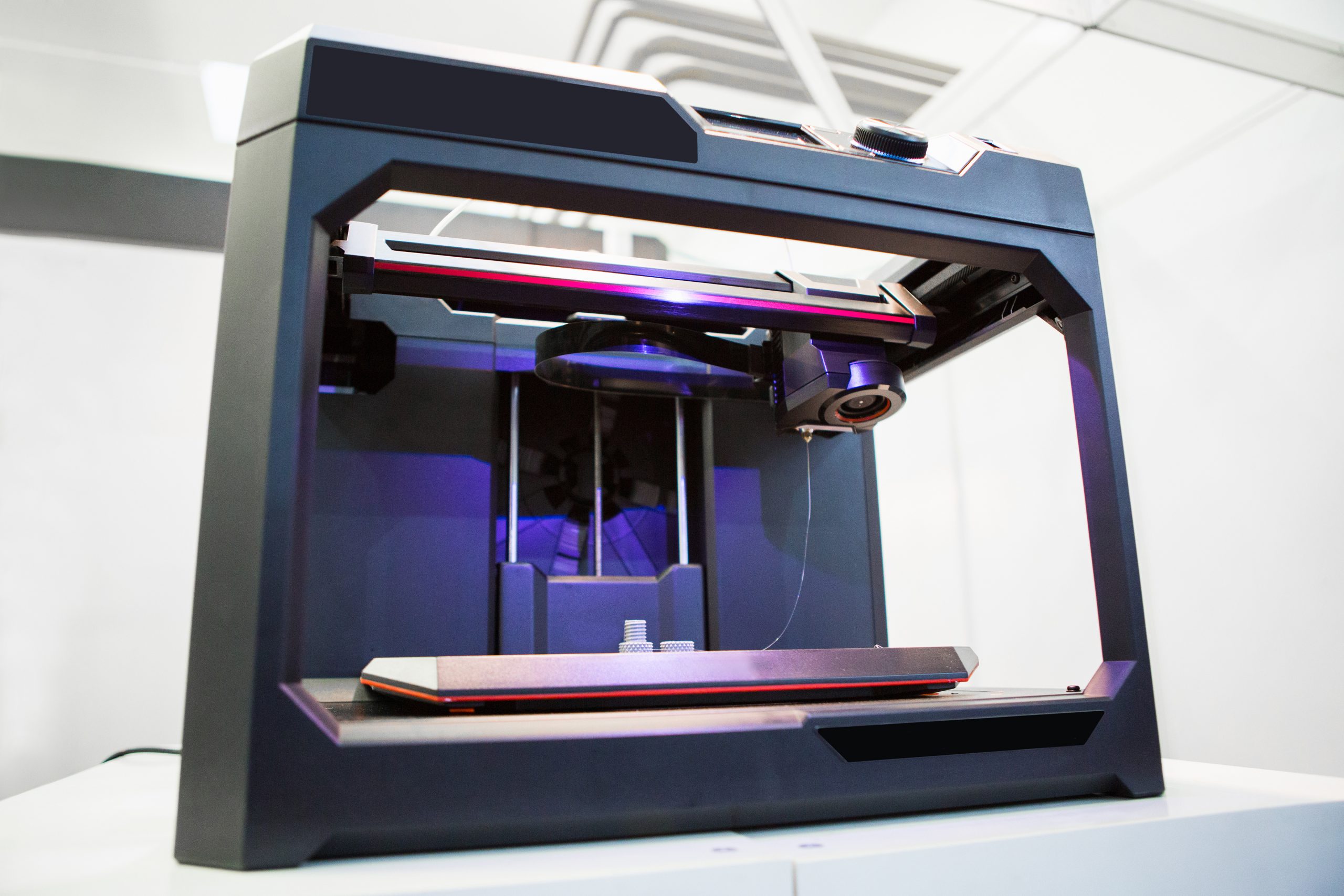
A new study highlights the potential of 3D printing to revolutionize headlight manufacturing. Researchers compared 3D printing with traditional methods like CNC machining and reverse engineering, finding that additive manufacturing offers significant cost, efficiency, and design flexibility advantages. While reliable, traditional methods suffer from high costs, slow production times, and limited design possibilities. 3D printing, [..]
Read More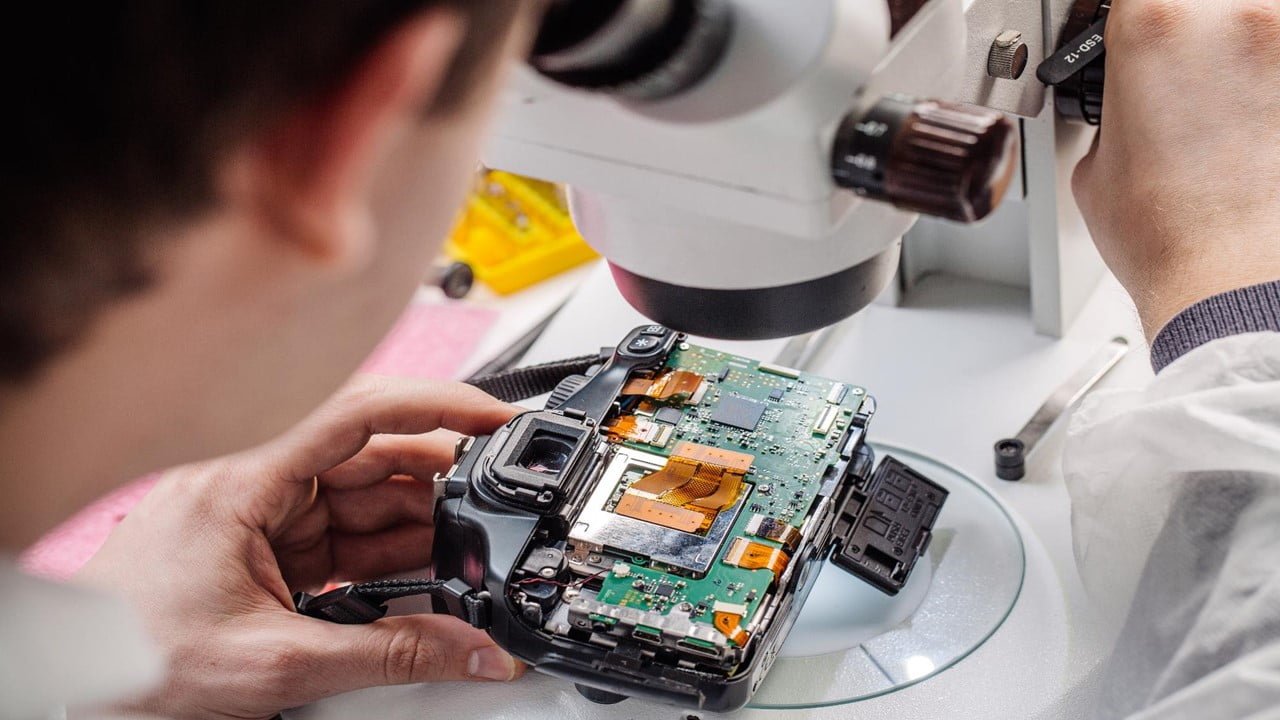
Researchers have made significant strides in optoelectronic materials, paving the way for advancements in LEDs, X-ray scintillators, and direct X-ray detectors. Their work focuses on organic metal halide hybrids (OMHHs), a class of materials offering a unique combination of cost-effectiveness, environmental friendliness, and high performance. One of the key advantages of OMHHs is their ability [..]
Read More
Integrated photonics, a technology that miniaturizes and integrates optical components onto a chip, has made significant strides in recent years. Smaller, more versatile, and energy-efficient optical systems have been made possible by this technology, which has applications in various industries, including telecommunications, sensing, and medical diagnostics. Researchers have created a high-power tunable laser on a [..]
Read More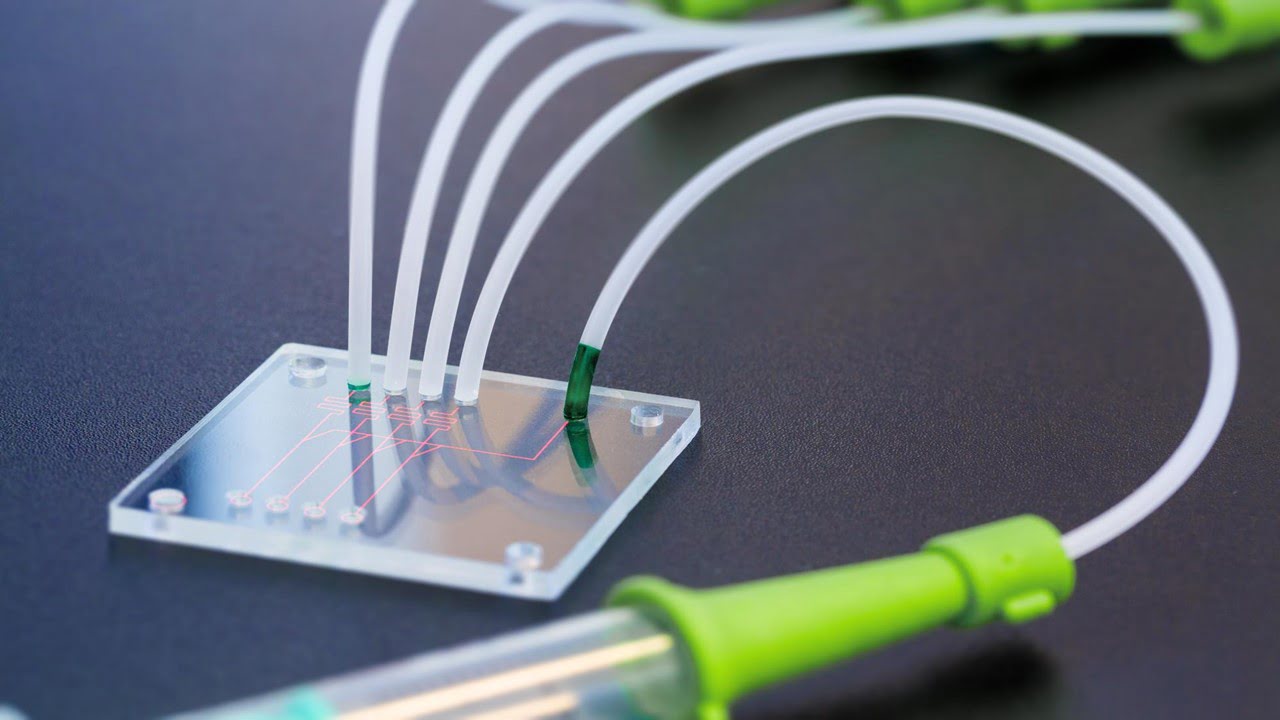
Scientists have developed a new, self-contained microfluidic test that uses particles to quickly and accurately measure iron and copper ion concentrations in water. This innovative approach addresses the limitations of current methods, which often require complex equipment and lengthy procedures. Iron and copper are essential minerals, but excessive amounts in drinking water can cause health [..]
Read More
Prostate cancer is one of the most common cancers among men. Accurate staging is crucial for determining the appropriate course of treatment. Traditionally, imaging techniques like CT scans and MRI scans have been used for prostate cancer diagnosis. However, these techniques have limitations in detecting the spread of cancer, particularly to distant lymph nodes. PSMA-PET [..]
Read More
Scientists have made a groundbreaking discovery with implications for the future of artificial intelligence: luminescent nanocrystals that can rapidly switch between light and dark states. This breakthrough could pave the way for faster, more energy-efficient optical computing. These “avalanching nanoparticles,” composed of potassium, chlorine, lead, and neodymium, exhibit a unique property called intrinsic optical bistability. [..]
Read More